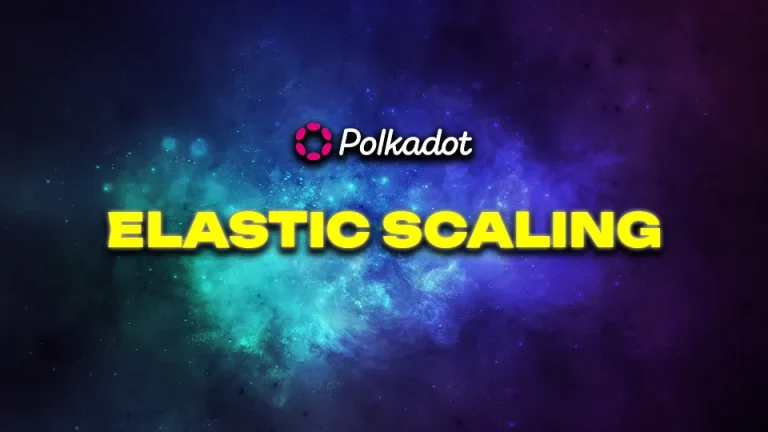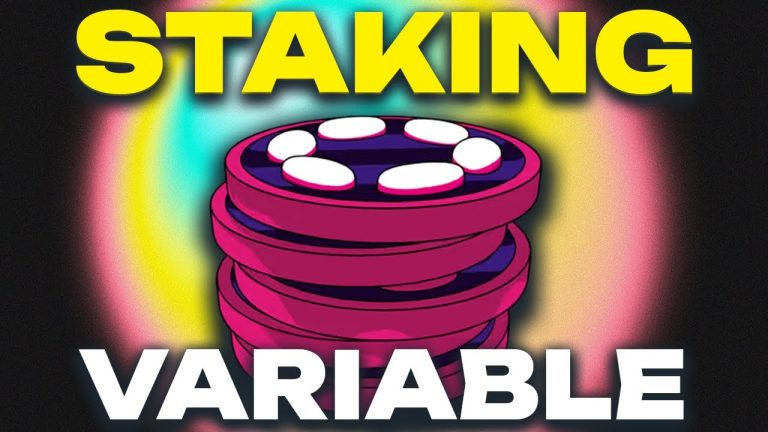The blockchain landscape is constantly evolving, with new technologies and frameworks emerging to address the growing demands for scalability, security, and interoperability. One of the most significant developments in this space is the integration of Substrate, the modular blockchain framework developed by Parity Technologies, into the Cardano ecosystem. This article explores the significance of the Cardano chain built on Substrate, highlighting its potential impact on the broader blockchain ecosystem and the synergies between Cardano and Polkadot.
What is Substrate Framework?
Substrate is a highly customizable and modular framework designed to facilitate the creation of purpose-built blockchains. Developed by Parity Technologies, Substrate provides developers with the tools and flexibility to create blockchains tailored to specific use cases without the need to build from scratch. Its modularity allows for the integration of various consensus mechanisms, governance models, and runtime environments, making it an ideal choice for projects looking to innovate in the blockchain space.
Cardano’s Adoption of Substrate: A Strategic Move
The decision by IOHK, one of Cardano’s founding entities, to build the Cardano Partnerchain on Substrate marks a significant milestone in the evolution of both the Cardano and Polkadot ecosystems. Released on August 1st, 2024, the Cardano Partnerchain v1.0.0 represents the first instance of Cardano leveraging Substrate to enhance its blockchain infrastructure. This move is not only a testament to the versatility of Substrate but also a strategic decision that underscores the growing importance of interoperability and cross-chain collaboration in the blockchain industry.
Cardano Partnerchain Key Components
The Cardano Partnerchain v1.0.0 release includes two primary components: the partner-chains-node and the partner-chains-cli. The partner-chains-node is a Substrate-based node binary specifically tailored for operating Cardano partner chains, while the partner-chains-cli is a command-line interface wizard designed to simplify the configuration and management of these chains.
This release is compatible with various Cardano tools and components, including smart contracts, the Cardano node, and the Cardano DB Sync. The integration of Substrate into the Cardano ecosystem allows for greater flexibility in deploying and managing partner chains, paving the way for more innovative use cases and applications within the Cardano network.
Enhancing Interoperability Between Polkadot and Cardano
One of the most exciting aspects of Cardano’s adoption of Substrate is the potential for enhanced interoperability between the Cardano and Polkadot ecosystems. See Polkadot <> Cardano Bridge. Polkadot, known for its relay chain and parachain architecture, has always emphasized the importance of cross-chain communication and interoperability. By building on Substrate, Cardano can leverage Polkadot’s interoperability features, enabling seamless communication and data transfer between Cardano-based chains and other Substrate-based blockchains.
This development also highlights the synergies between the Cardano and Polkadot ecosystems, particularly in their approach to governance and consensus mechanisms. Both ecosystems utilize a combination of Proof of Stake (PoS) and liquid democracy, allowing for more flexible and decentralized governance structures. The integration of Substrate into Cardano could lead to further collaboration between the two ecosystems, fostering innovation and the development of new blockchain applications that benefit from the strengths of both networks.

The Role of Substrate in Expanding the Cardano Ecosystem
The introduction of Substrate into the Cardano ecosystem is expected to play a crucial role in expanding the network’s capabilities and use cases. By utilizing Substrate, Cardano can more easily develop and deploy specialized blockchains, or “partner chains“, tailored to specific industries or applications. This modular approach allows for greater flexibility in designing blockchain solutions that meet the unique needs of various sectors, from finance and supply chain management to decentralized finance (DeFi) and non-fungible tokens (NFTs).
Furthermore, the ability to create and manage multiple partner chains within the Cardano ecosystem enhances the network’s scalability and resilience. As more partner chains are developed and integrated into the Cardano network, the overall capacity of the ecosystem to handle a diverse range of applications and use cases will increase, positioning Cardano as a leading blockchain platform in the years to come.
Cardano Potential Challenges and Considerations
While the integration of Substrate into the Cardano ecosystem offers numerous benefits, it also presents several challenges that must be addressed. One of the primary concerns is the complexity of managing multiple partner chains within the Cardano network. As the number of partner chains grows, so too does the potential for network congestion and security vulnerabilities. To mitigate these risks, it will be essential for Cardano to implement robust governance and security mechanisms that can effectively manage the increased complexity of the ecosystem.
Another consideration is the potential for fragmentation within the Cardano ecosystem as more specialized partner chains are developed. While the modularity of Substrate allows for the creation of highly customized blockchains, it also increases the likelihood of fragmentation, where different partner chains may become isolated from one another. To address this issue, Cardano will need to prioritize interoperability and cross-chain communication between its partner chains, ensuring that the ecosystem remains cohesive and interconnected.
The Future of Cardano on Substrate
The decision to build the Cardano Partnerchain on Substrate represents a bold step forward for the Cardano ecosystem and a significant validation of the Substrate framework. As the blockchain industry continues to evolve, the ability to create and manage specialized blockchains that can seamlessly interact with one another will become increasingly important. By leveraging Substrate, Cardano is positioning itself at the forefront of this trend, paving the way for a new era of interoperability, innovation, and collaboration in the blockchain space.
Looking ahead, the continued development and refinement of the Cardano Partnerchain will be critical to the success of this initiative. As more projects and developers begin to explore the possibilities offered by Substrate, the Cardano ecosystem will likely see an influx of new ideas, applications, and partnerships. This, in turn, will drive further innovation and growth, solidifying Cardano’s position as a leading blockchain platform.
In conclusion, the integration of Substrate into the Cardano ecosystem marks a significant milestone in the evolution of blockchain technology and interoperability capabilities with the Polkadot ecosystem. By building on Substrate, Cardano is not only enhancing its own capabilities but also contributing to the broader blockchain ecosystem’s growth and development. As Cardano continues to explore the potential of Substrate, the possibilities for innovation and collaboration within the blockchain industry are virtually limitless.








